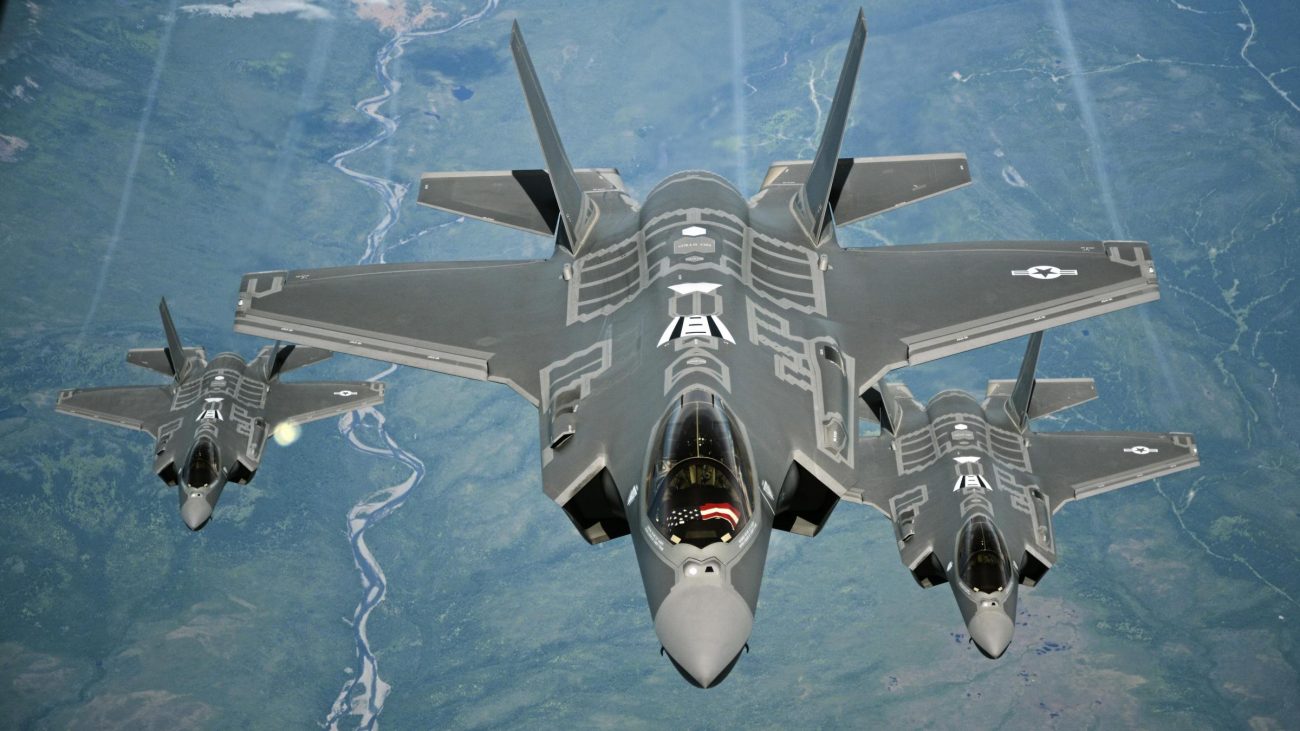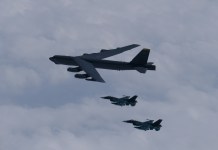The US Department of Defense (DoD) has announced that Lockheed Martin Aeronautics has been awarded a modification contract of over $7.6 billion from the US Navy to build 129 new F-35 Joint Strike Fighter aircraft.
India’s Venus Mission Hits Turbulence; France Refuses To Work With Russia On A Device That ISRO Needs — Reports
“Lockheed Martin Aeronautics Co., Fort Worth, Texas, is awarded a not-to-exceed $7,630,940,571… contract,” the Defense Department said in a press release on Friday. “This modification increases the ceiling to procure 129 Lot 15 aircraft.”
This modification increases the ceiling to procure 129 Lot 15 aircraft, as follows: 49 F-35A aircraft for the Air Force; three F-35B aircraft and 10 F-35C aircraft for the Marine Corps; 15 F-35C aircraft for the Navy; 32 F-35A aircraft and four F-35B aircraft for non-U.S Department of Defense (DOD) participants; and sixteen F-35A aircraft for Foreign Military Sales customers, as well as 69 shipsets of technical hardware.
More than half of the contract’s work will be done in Fort Worth, Texas (57%), 14% in El Segundo, California, and 9% in Warton, United Kingdom.
The US Department of Defense earlier agreed with Lockheed Martin Corp on July 18 to build about 375 F-35 fighter jets over three years, EurAsian Times had reported. The agreement was signed amid expectations that the price of F-35A would increase due to inflation and slower production.

The new announcement, however, comes at a time when the aerospace giant’s production facilities have come under the scanner. Lockheed Martin Corp has delivered more than 800 F-35 fighter jets.
However, Pentagon’s Defense Contract Management Agency states that manufacturing is still plagued with excessive defects and rework that run the danger of significant delivery delays and decreased readiness.
From the first production lot of the F-35 to the current 14th batch, Lockheed, the Defense Department’s top contractor, has improved in many ways. But “too many quality assurance defects” aren’t found at the initial assembly station and are discovered before or after the formal acceptance of the warplanes.
There has been a significant uptick in purchasing the F-35 fighter jets across variants. It is only fair that the aerospace giant records almost 27% revenue from the F-35 Lightning II aircraft alone, which is set to rise given the current and potential sales driven by the Russian war.
Renewed Demand For F-35s
A few days ago, the F-35s were in the eye of the storm after being grounded by the US Air Force. The US Navy also stated that the manufacturer had identified the specific production lots of Cartridge Actuated Devices (CADs) used in Martin-Baker ejection seats as problematic.
Pilots pulling the ejection handle cause the CADs to participate in the parachute deployment.
On July 29, media sources claimed that the Navy had also grounded its fleet; however, the US Navy and Marine Corps later stated that their F-35 fighters were not grounded. All inspections had been mostly finished by their fleets.
Despite facing several problems, the F-35 program is up and running. Recent contract wins for Lockheed Martin include many jet fighter orders from countries including Germany, Finland, and Switzerland.
Not too long ago, the Czech Republic announced that it had decided to buy the F-35s, while Greece and some other nations have expressed interest in purchasing F-35 fighter jets in the future.

The fifth-generation stealthy F-35 jet, the best-selling warplane in the world, has seen considerable sales growth due to Russia’s invasion of Ukraine.
In government-to-government transactions like the F-35 international military sales, the Pentagon acts as a middleman between the defense contractor (Lockheed) and a foreign government.
Until now, the Lockheed Martin F-35 program has never participated in a competitive auction against other jets, maybe due to the exceptional capabilities of the fighter jet and the political clout that the United States wields globally.
The announcement to buy new units of the fighter is also significant as it was earlier revealed in a House Armed Sevice Committee (HASC) that the US Navy will have to operate with far fewer combat fighter aircraft than it needs for the next decade through to 2031. At the time, it was said that far fewer F-35 jets than planned would be delivered.
- Contact the author at sakshi.tiwari9555@gmail.com
- Follow EurAsian Times on Google News





